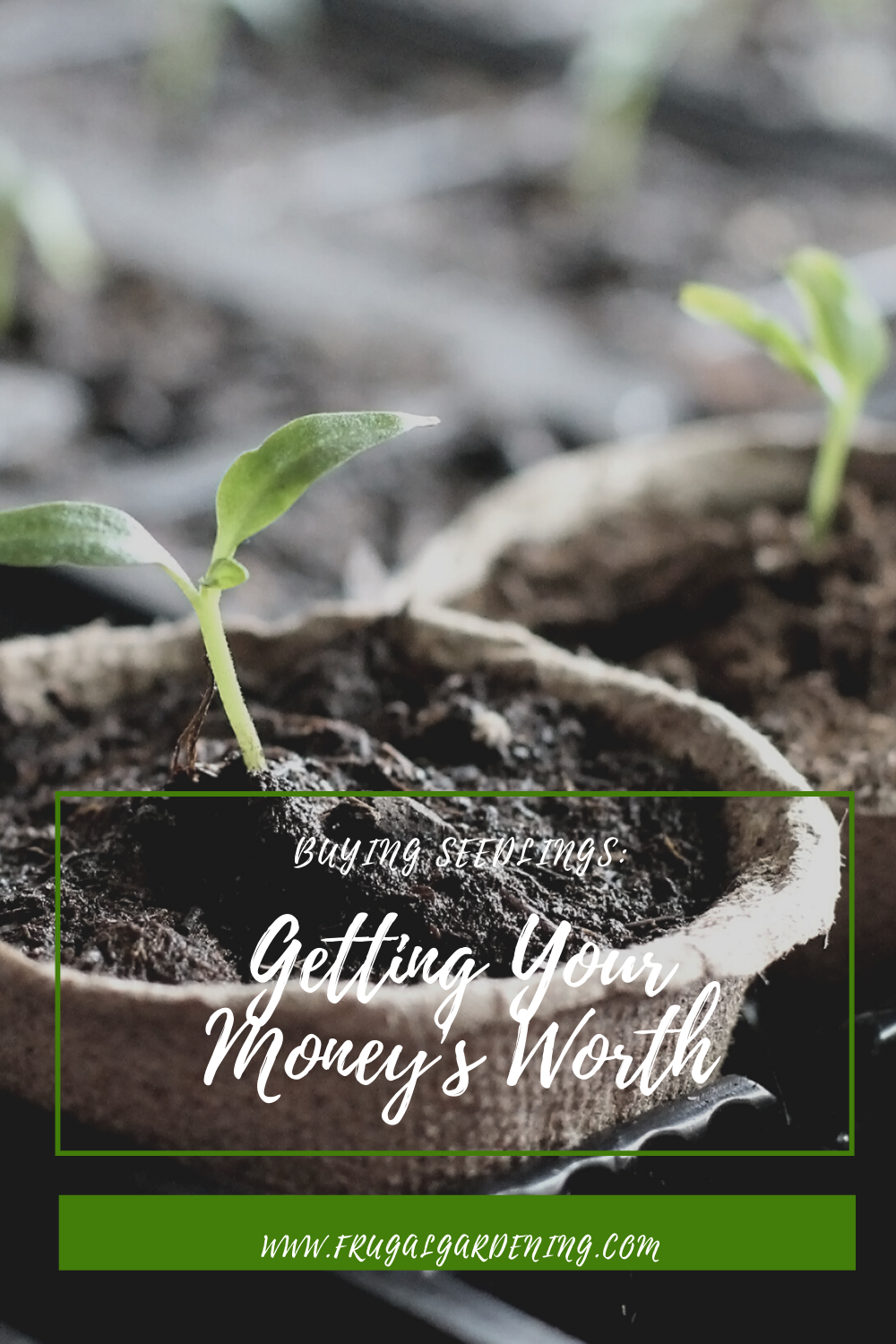
I am exhausted to the bone. Normally, at this time of year, I get excited about seed starting. I take stock of my seed supplies, order seeds I’m missing, and start planning out my garden. This year, I’ve yet to do any of that. I’m too overwhelmed and tired, so I’ve decided to forego starting seeds indoors. Instead, I’m planning on buying seedlings. It wasn’t a decision I made lightly. But I just couldn’t burden myself with yet another task. I’ll still be gardening this year, just a little differently. I’ll stick to quick-growing crops for the most part, and I’ll be grabbing seedlings from my local nursery—here’s hoping they offer contactless delivery this spring!
I figured some people might be in the same boat as me. Tired. Unmotivated. There are also plenty of gardeners who don’t have room or time to start seedlings indoors. Buying seedlings is totally fine! Unfortunately, it can get expensive if you don’t plan correctly. Here are a few tips to getting the most out of your money when shopping for seedlings.
Shopping for Seedlings on a Budget
Here’s how to get the biggest bang for your buck when buying seedlings for your garden this year.
- Set a budget. It’s really easy to go overboard when shopping for plants in the spring. The nursery is full of beautiful lush plants, and the temptation can be overwhelming. Have a budget in mind before you head out and be strict with keeping to it. You can always go back and get more plants if you need to!
- Make a plan. Don’t go to your local nursery without a plan. Sketch out your garden and figure out what you plan to put where. Are you growing square-foot-style? Know how many varieties of each plant you need per square.
- Stick to slow-growing plants. Unless you have the budget, stick to buying slow-growing plants like tomatoes, eggplants, and peppers. Lettuce and other greens are easy to grow from seed, so don’t bother wasting money on those.
- Cap the number of new-to-you plants. Don’t blow your budget on exotic plants or varieties you’ve never grown before. Buy one or two new options but overall, stick to tried-and-true stuff.
- Avoid large plants. You’ll pay a premium for very large plants, but you don’t need to start with a giant tomato plant to get a decent crop. The advantage to buying an oversized plant is that you can harvest earlier, but that privilege will cost you.
- Prepare in advance. Prep your garden before you head out to the nursery. Have everything ready so you can bring your plants home and transplant them straight away. Amend your beds with compost, get some mulch ready, and make sure the soil is moist. If it’s still early in the spring, prepare space for your new plants inside your home.
Don’t forget that you can also find seedlings for a steal around your neighborhood. Check Facebook Marketplace listings for gardeners who are selling (or giving away!) their extra seedlings. Ask gardener friends to share their extra seedlings with you. Inquire with local gardening clubs to find out if they have any upcoming seed swaps or seedling sales.
Or alternatively if you need to raise some extra money to buy seeds, you have lots of options. Seeds cost less than $10, so you can always sell some of your old stuff on Facebook Marketplace, Offer up Craigslist. Old toys, comic books stored in bins or tools you arent using usually do pretty well.

Steph Coelho is a freelance writer gardening in zone 5b. She is a certified Square Foot Gardener and has taught various garden-related workshops. When she’s not digging in the dirt or writing, she’s cooking up fresh produce, running, or listening to her favorite podcasts.
Leave a Reply